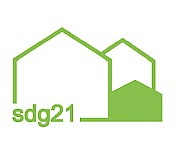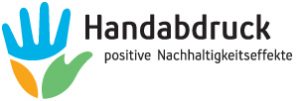
There is a shortage of housing in Europe's conurbations; Germany alone lacks about 1.5 million residential units (WE). For this reason, the federal government has decided to build 400,000 WE annually. At the same time, the federal government's climate protection plan foresees a significant decrease in building emissions from 209 million to 67 million tonnes of CO2-equivalents by 2030, which would correspond to an emission reduction of 68 % since 1990. Other European countries have also committed to implementing far-reaching climate protection targets. Against this background, many of those involved in construction are increasingly relying on wood as a renewable building material, in addition to energy-efficient construction and the use of renewable energies.
The Construction cost study on large timber housing estates and quarters in Europe (short Wooden housing study), financed from funds of the funding programme FUTURE CONSTRUCTION of the Federal Ministry of Transport, Building and Urban Affairs (BMWSB) and based at the Rottenburg University of Applied Sciences (HFR), systematically researches and records those projects in timber and timber hybrid construction that have already been realised or are currently in planning. In the process, the construction costs of the buildings are analysed as well as the motives of the investors and clients to build with wood. Another goal is to show how timber construction methods can be further established in the segment of housing estates and urban districts in order to expand the range of large-volume housing projects with an environmentally and climate-friendly variant.
The first results of the study will be presented at the 15th Congress Efficient Building with Wood in Urban Areas on 19 October 2022 in Cologne presented. So far, 118 large-scale housing projects with more than 100 units have been identified across Europe by the HFR researchers, 47 of which are located in Germany. Final results will be presented at the beginning of December at the 26th International Timber Construction Forum in Innsbruck presented on 30 November 2022 and also published in a brochure by the Information service wood published.
Supported by funds from the "Zukunft Bau" funding programme
Keywords: Construction and operating costs, Building materials / Construction, DE-News, Research, Wood construction, New books and studies, News Blog Europe (without DE), Quarters, Settlements, Housing, XXL settlements




